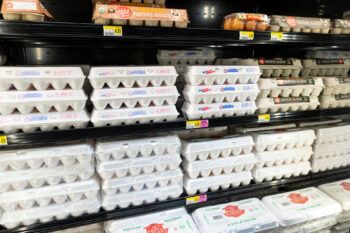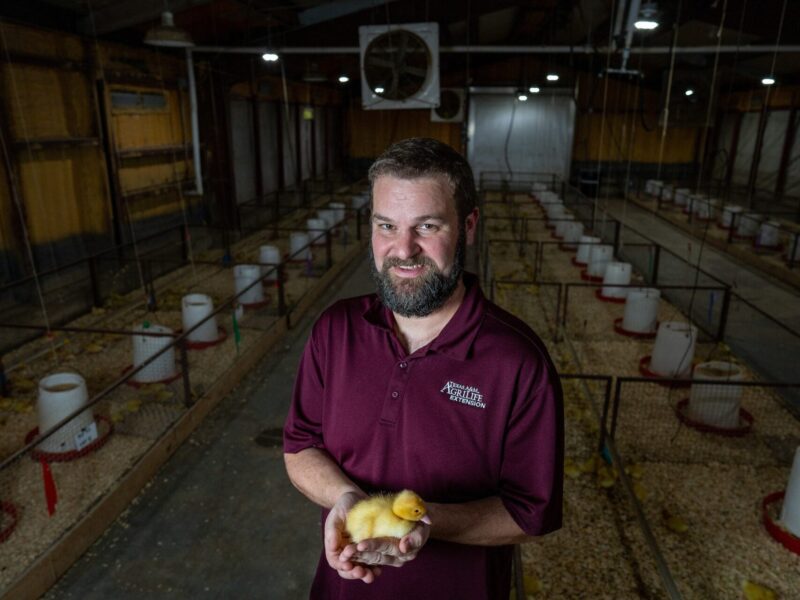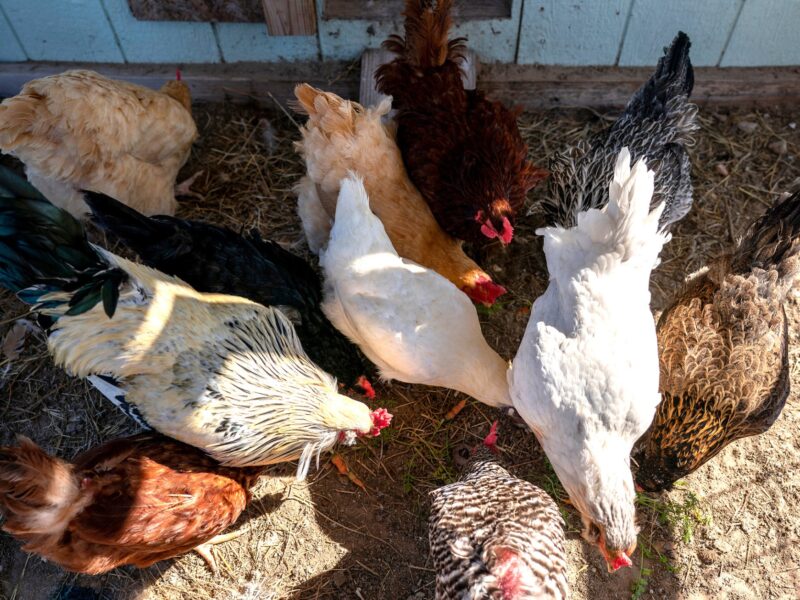Egg Prices Plummet As Supplies Outpace Demand

Egg prices appear to be taking a supply and demand market-driven tumble, according to a Texas A&M AgriLife Extension Service expert.
Consumers might have noticed lower egg prices over recent weeks, and Dr. David Anderson, AgriLife Extension economist, expects that trend to continue.
Egg supplies are still below where production was a year ago, but supplies continue to rise amid declining purchases, he said. Rising supplies and weaker demand are driving egg prices downward.
Producers continue to rebuild the table egg-laying flock that was hit hard by the avian flu outbreak beginning in February 2022. While egg production has increased, Anderson said demand typically dips after Easter before climbing again around Thanksgiving Day and through the fall holiday season.
“Some of the demand issue is seasonal, but consumer response to higher egg prices is also part of it,” he said. “Meanwhile egg producers continue to increase production, and the market is responding to the supply and demand factors. It’s a good example of how the market works.”
Egg Prices Falling
The U.S. Department of Agriculture – Agriculture Marketing Service reported retail eggs nationally were $2.74 per dozen between April 14-20 and were expected to be around $1.08 per dozen this week. Egg prices peaked at $4.82 in January, according to the Consumer Price Index.
Anderson expects the cost of a dozen eggs will continue to decline in other markets around Texas and the U.S. because wholesale prices are already down to 84 cents per dozen. Prices that low could be concerning for producers and are likely to trigger thoughts about slowing production growth. Declining costs for feed like soybean meal and corn are also helping livestock and poultry producers and may contribute to even lower prices.
Anderson noted that wholesale egg prices peaked at more than $5 per dozen when eggs were hitting historic highs. On the other hand, retail prices did not reach $5. He suspects contracted prices may have held back wholesale costs grocers paid or that grocery stores strategized losses on eggs to keep customers.
“Consumers don’t react well when prices are so volatile, so some stores may have taken losses on eggs to keep people in their stores,” he said. “The falling wholesale egg prices could be a good indicator that the next Consumer Price Index might show falling retail prices.”
The contributing factors – increased production and supplies coupled with lower demand – are already pushing retail egg prices below $1 per dozen in about 1% of grocery stores surveyed in the South-Central U.S.
Avian Flu Causes Significant Poultry Losses
Egg prices have been historically high over the past year. The decline in the number of table egg-laying hens in the U.S. contributed to this trend.
Since February 2022, a highly pathogenic avian influenza outbreak has caused significant losses in the poultry industry. In total, 58.7 million poultry birds, including over 43 million laying hens, were lost in 47 states.
In December 2021, the U.S. flock had 327 million laying hens producing table eggs, and the average cost for a dozen eggs was $1.79. Egg prices climbed as outbreaks spread and reached $2.05 per dozen by March 2022. Prices continued to rise as egg-layer hen losses mounted, but historic production costs, including for feed, also contributed to the record-high prices consumers paid at grocery stores.
This article by Adam Russell originally appeared on AgriLife Today.





